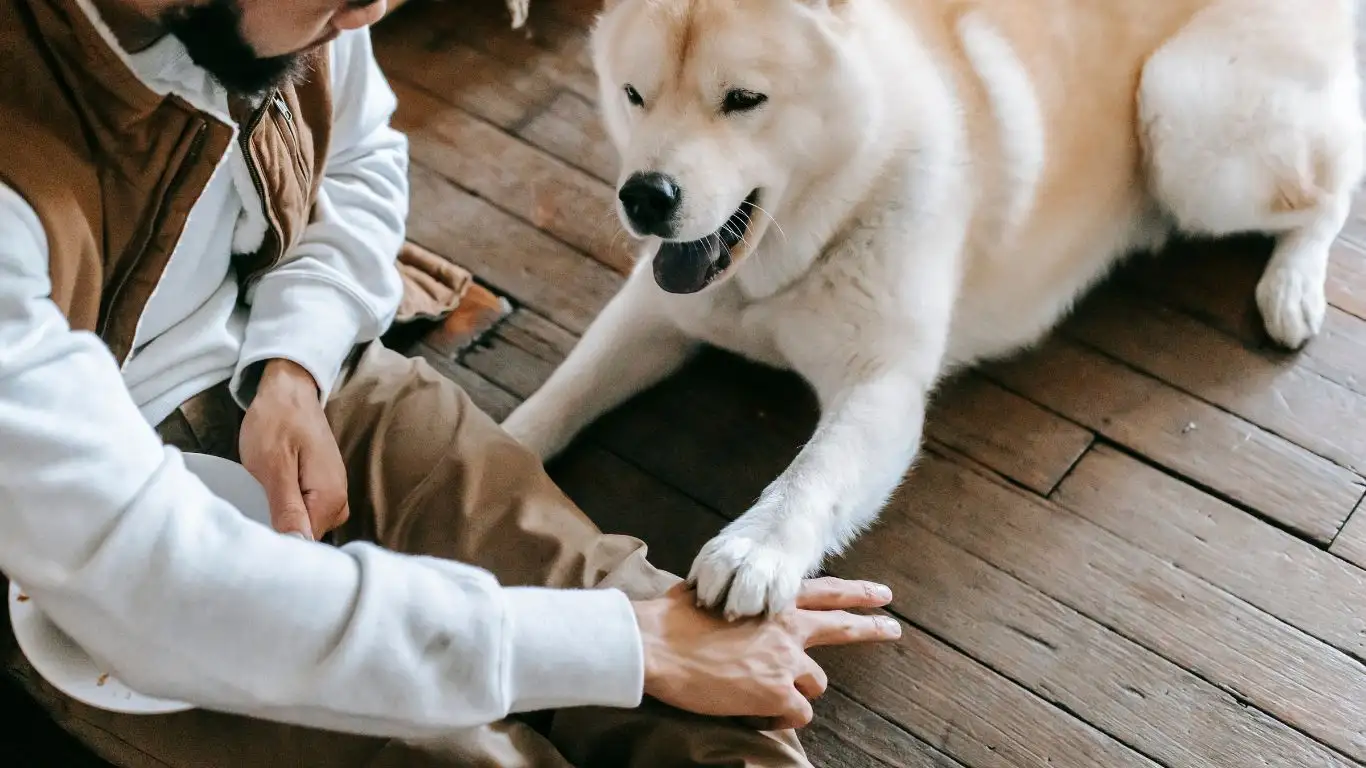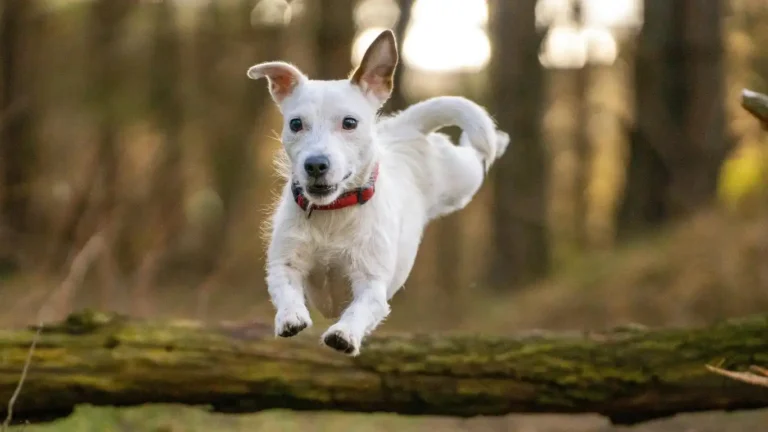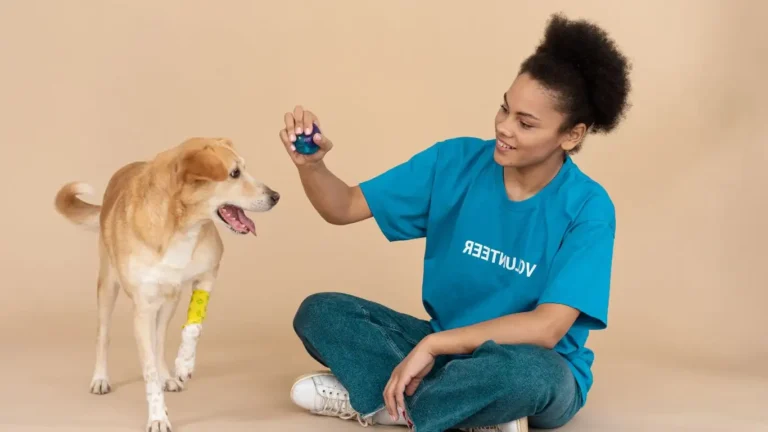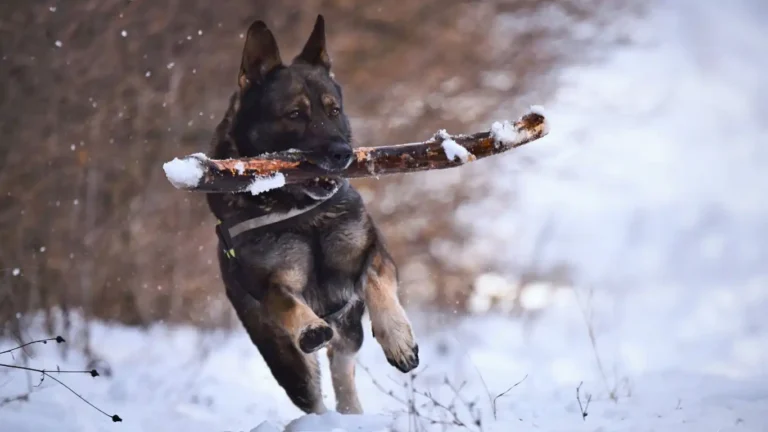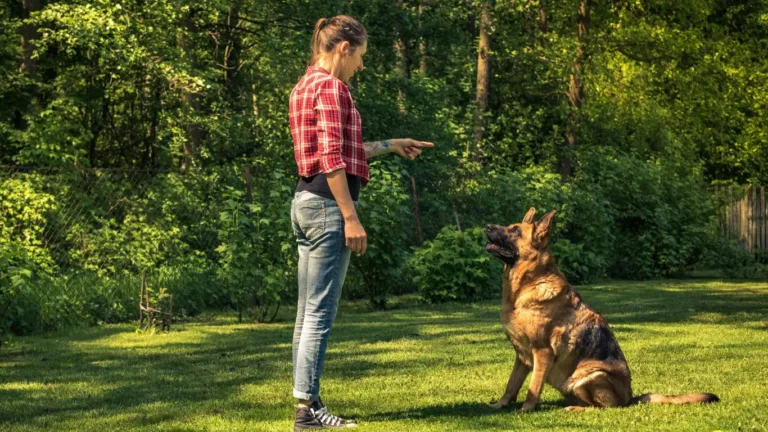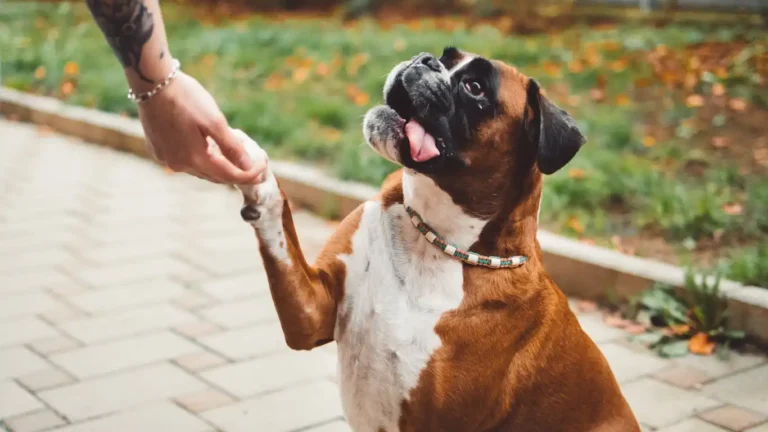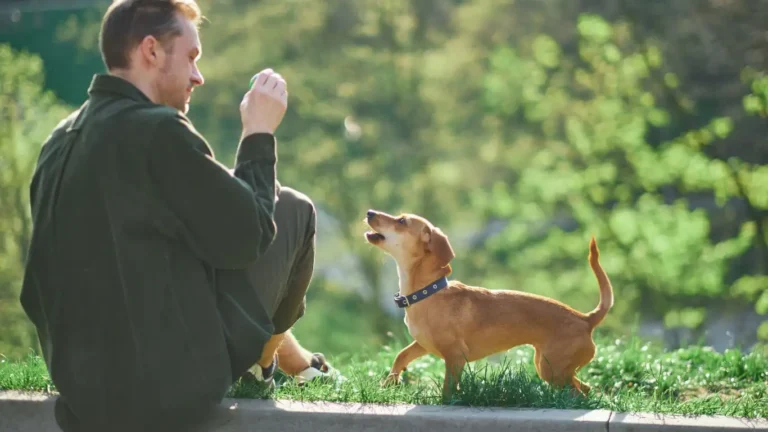Stop Dog Chasing Pets Fast: Proven Training Tips That Actually Work
Let me tell you, one of the most common questions I get as a Canine-Assisted Therapy Trainer is: “How do I train my dog to stop chasing other pets?” It’s not just frustrating—it can be downright stressful. I’ve worked with dogs of all temperaments and backgrounds, from hyperactive herding breeds to mellow lapdogs who suddenly get that glint in their eye when the neighbor’s cat strolls by. If you’re in the same boat, you’re not alone—and yes, there’s hope. With consistency, the right techniques, and a bit of patience, you can absolutely train a dog to stop chasing other pets.
Why Dogs Chase Other Pets in the First Place
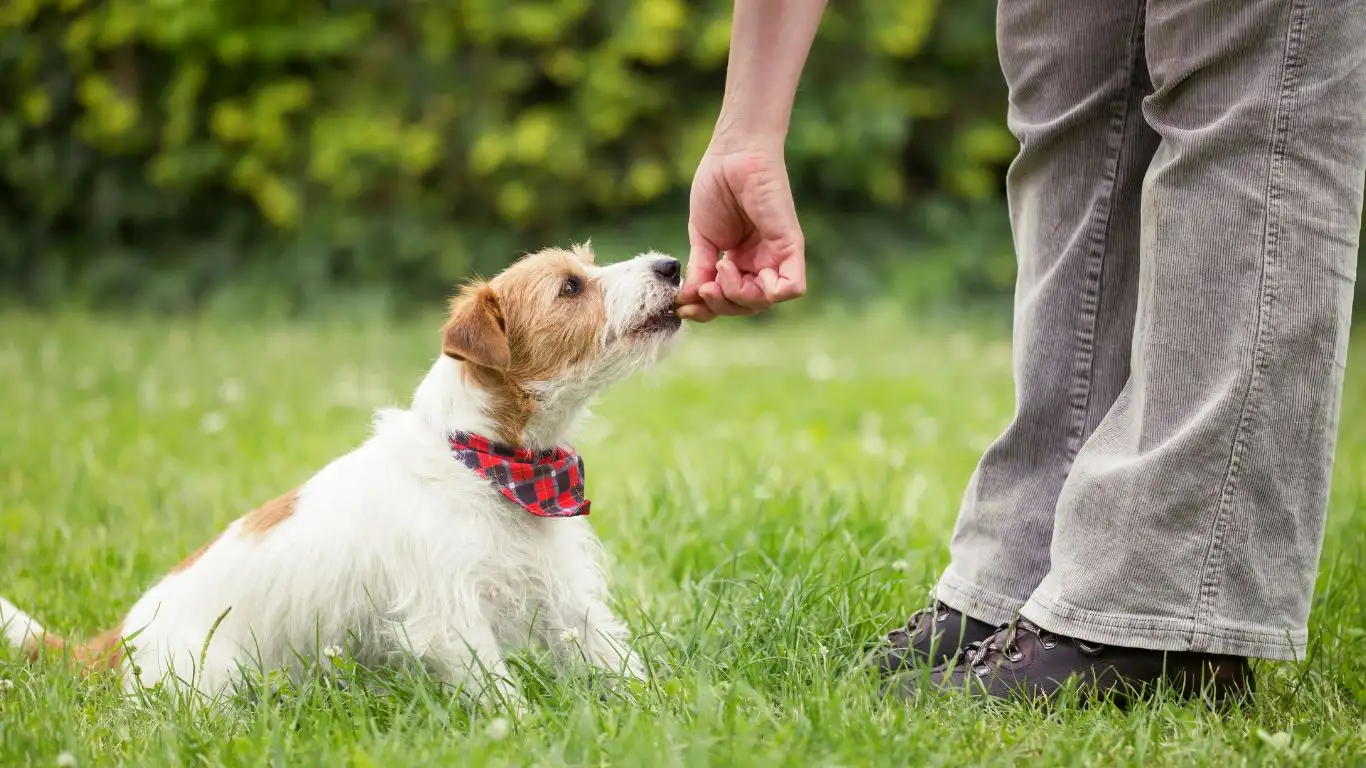
Let’s back up a bit. Before we dive into the “how-to,” we’ve got to understand the “why.” When you look at a dog darting after a cat or squirrel, you’re seeing instinct in action. Many dogs were bred to chase—it’s in their DNA. But even beyond breed, dogs chase because it’s fun, it’s stimulating, and sometimes, it’s even anxiety-related.
Instinct vs. Behavior
Dogs like Border Collies, Terriers, or Greyhounds? Chasing is their jam. I’ve worked with therapy dogs from all these breeds, and let me tell you—training them not to chase is a challenge, but not impossible. It’s not about erasing instinct. It’s about retraining behavior.
The Role of Prey Drive
Prey drive is that natural impulse to pursue moving things. It’s not aggression—it’s just… dog stuff. That being said, when you have a dog with a high prey drive living with a rabbit, or even a chill older cat, you’ve got to step in and manage that drive responsibly. And yes, training is totally doable.
How to Train a Dog to Stop Chasing Other Pets
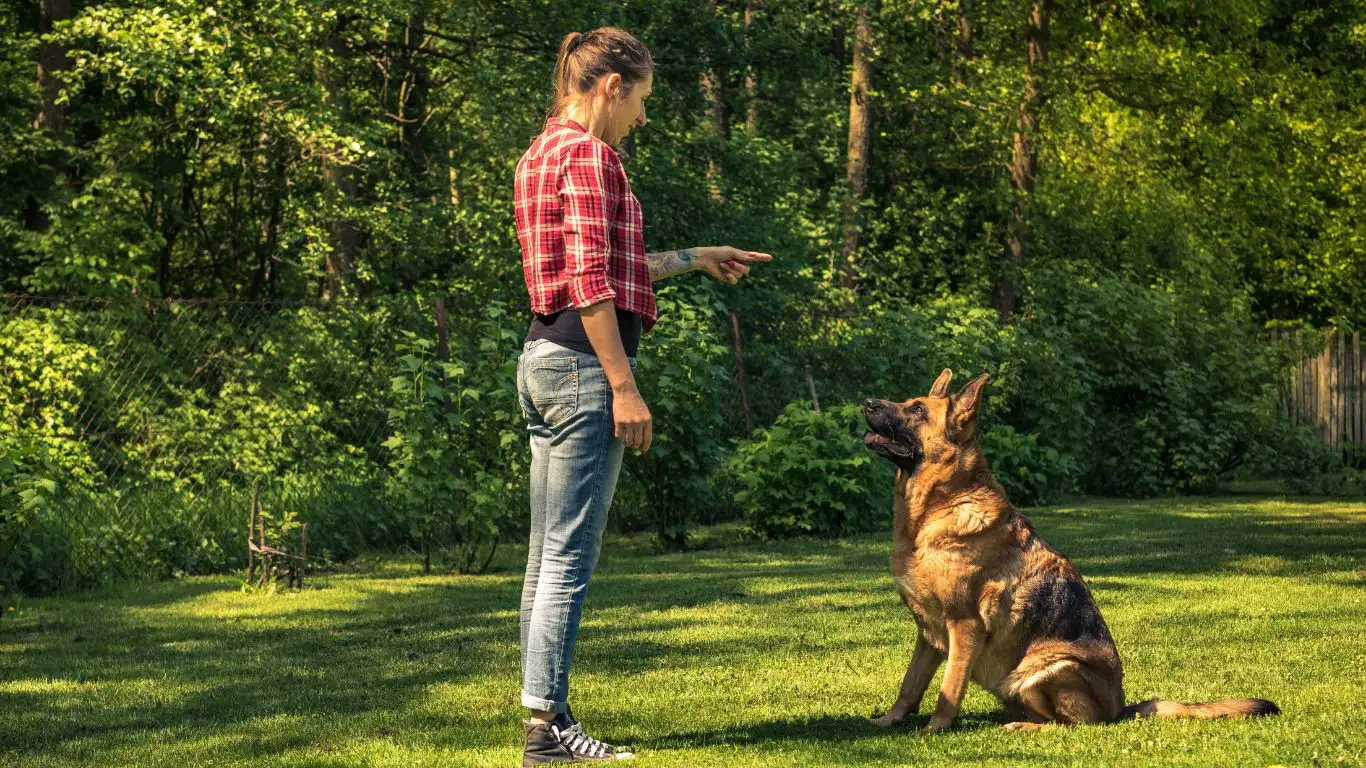
Okay, now to the meat of it. If you’re wondering how to train a dog to stop chasing other pets, the answer lies in a combo of redirection, consistency, and a bit of setup. It’s not a one-size-fits-all approach, but I’ll walk you through what’s worked for dozens of dogs I’ve personally trained—therapy dogs included.
1. Start with a Controlled Environment
Before your dog can be trusted around other pets off-leash, you need to set them up for success. Think baby gates, leashes, and visual barriers. When I start this kind of training, I always create a predictable space where we can work on behavior without chaos.
- Use a leash indoors when introducing your dog to a cat or small pet
- Keep initial sessions short—just 5-10 minutes
- Reward calm behavior before the dog gets too excited
One of my therapy pups, a young Lab named Moose, used to lose his mind at the sight of my cat, Luna. By starting with sessions behind a baby gate and slowly increasing their interaction time, Moose learned that calm behavior got him access, while lunging meant the fun stopped.
2. Reinforce the Behavior You Want (Not What You Don’t)
This part is huge, and it’s where many owners go wrong. If your dog starts chasing and you yell or chase after them, guess what? You’ve just made it more exciting. Instead:
- Use high-value treats or toys to reward eye contact with you, not the other pet
- Practice impulse control exercises like “Leave it” or “Watch me” daily
- Mark calm behavior consistently with a clicker or verbal marker like “Yes!”
I’ve found that using a simple cue like “Settle” or “Focus” can work wonders, especially when reinforced with something your dog absolutely loves. Cheese cubes, anyone?
3. Use Leash Training as a Foundation
I can’t stress this enough—leash training isn’t just for walks. It’s a vital part of getting your dog to behave around distractions. Practice walking your dog calmly near other pets and rewarding them for keeping their cool. It’s not about yanking the leash; it’s about guiding and marking the moments they make the right choice.
Consistency Beats Quick Fixes Every Time
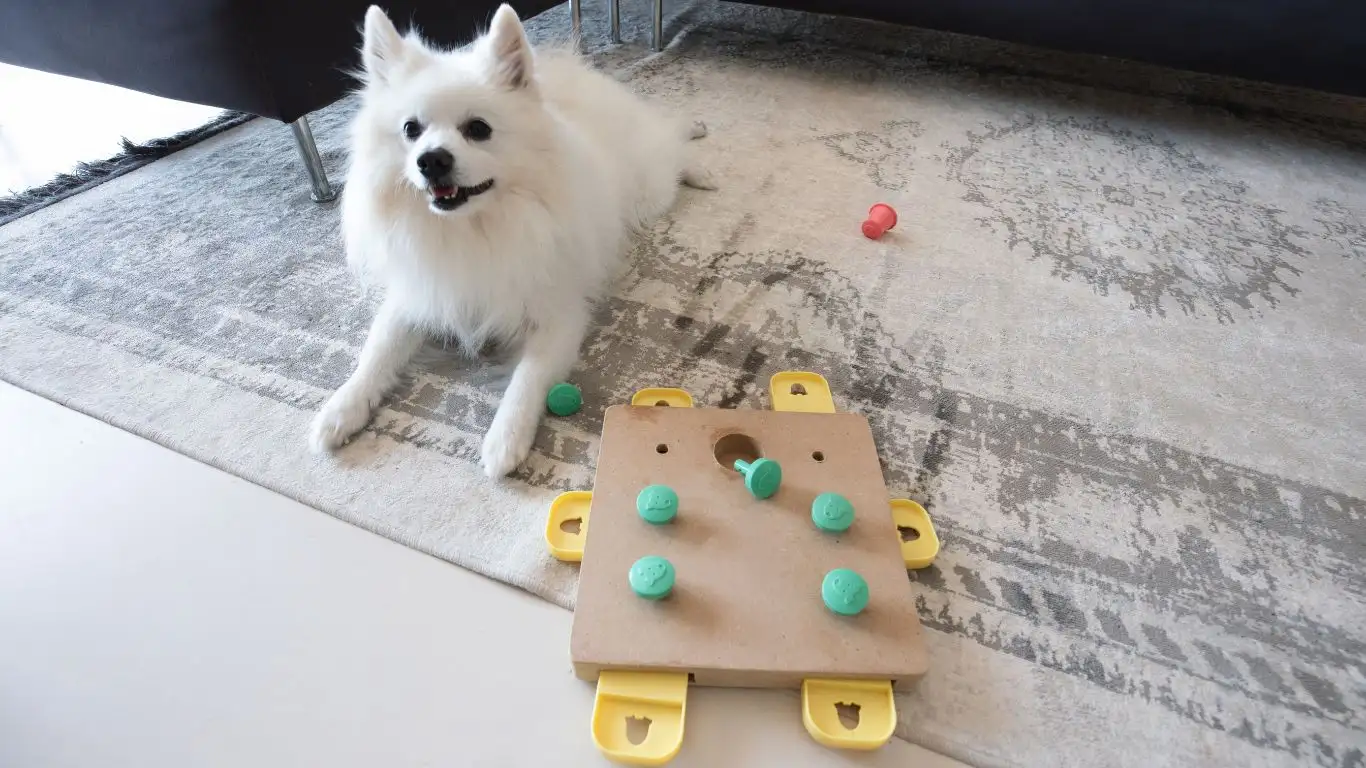
This might sound obvious, but in the real world? Consistency is the part that trips most people up. If your dog gets away with chasing the family cat 3 out of 5 times, they’ll keep doing it. The good news is that dogs are pattern-based learners. The more consistent you are with boundaries and rewards, the quicker they get it.
I remember working with a rescued Beagle mix named Daisy. She had a wild prey drive and couldn’t resist bolting after the neighbor’s chickens. It took daily sessions, leash practice, and a lot of peanut butter, but within a month, she was sitting calmly at the fence instead of losing her mind. All because her humans stuck to the plan—even on days they didn’t feel like it.
Building Focus and Impulse Control Around Distractions
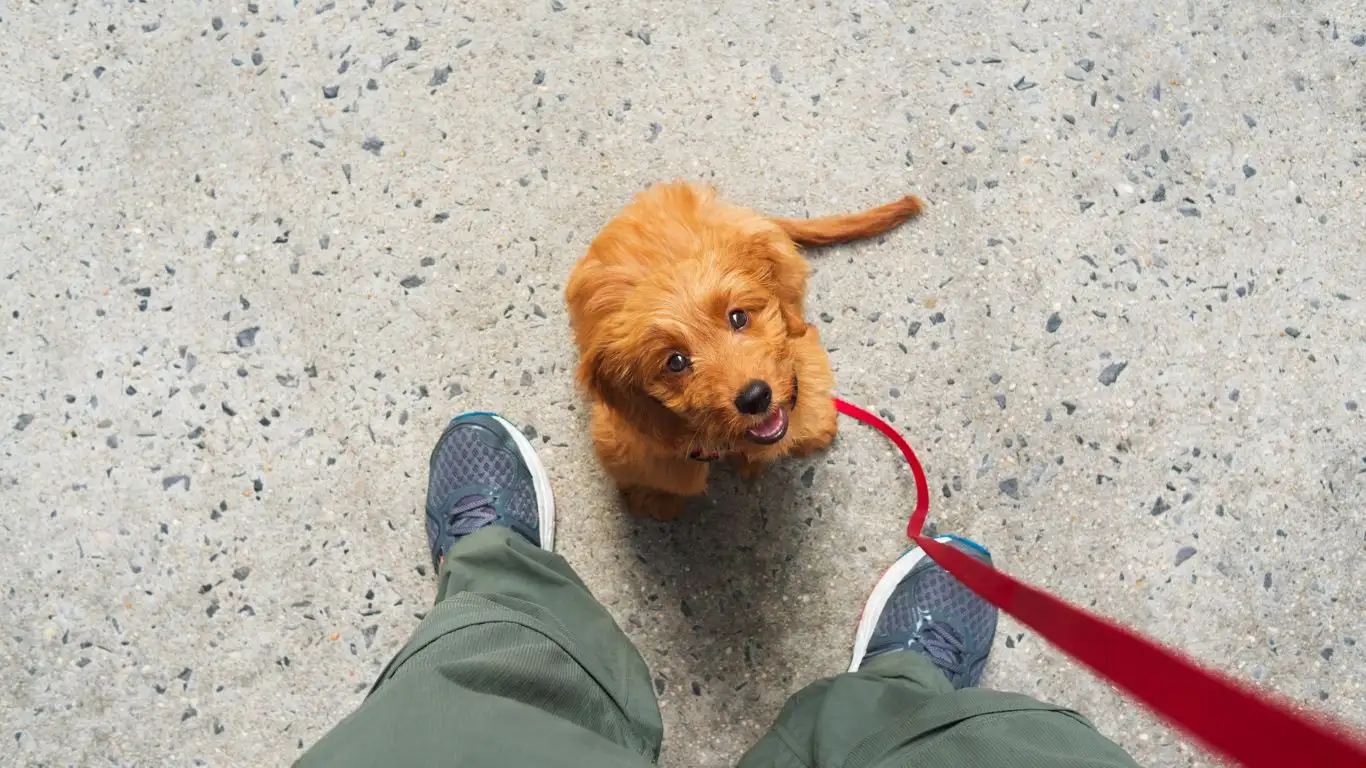
Now that you’ve laid a good foundation, it’s time to start increasing the challenge a bit. I always tell my clients: training a dog to stop chasing other pets isn’t about making the distraction go away—it’s about teaching your dog to stay focused despite it. And let’s be real, distractions are everywhere.
Working Around Real-Life Temptations
Once your dog is consistently responding to cues like “Leave it” or “Watch me” indoors, start adding mild distractions. For example, have your cat in the same room, but on a cat tree or inside a crate, while your dog practices staying on their mat. Reward every moment of calmness like you’re handing out trophies. Because in dog-world, calm behavior is worthy of a celebration.
- Use distance to your advantage—start with the dog far away from the distraction
- Use extra special rewards only during these sessions (think: chicken, liver, string cheese)
- Keep your sessions short and end on a win
With one of my therapy candidates, a Corgi named Millie, we had to train in mini-sessions around the family’s parrot. Yep, a bird! We worked in tiny five-minute windows with high-value treats, and over time, Millie started to associate stillness and focus with serious praise. It was slow-going, but 100% worth it.
When Your Dog Slips Up—And They Will
This is where things get real. Because no matter how much progress you make, setbacks are part of the process. Your dog might suddenly bolt after the cat one day and undo a week’s worth of calm training. It happens. But here’s the thing: don’t freak out. Don’t punish. Just reset and go back a step.
Think of training like building a muscle. If your dog slips, it just means that muscle needs more reps. What matters most is how you respond in the moment. Calm redirection is always more powerful than loud correction. Your energy sets the tone.
How to Train a Dog to Stop Chasing Other Pets—With Games
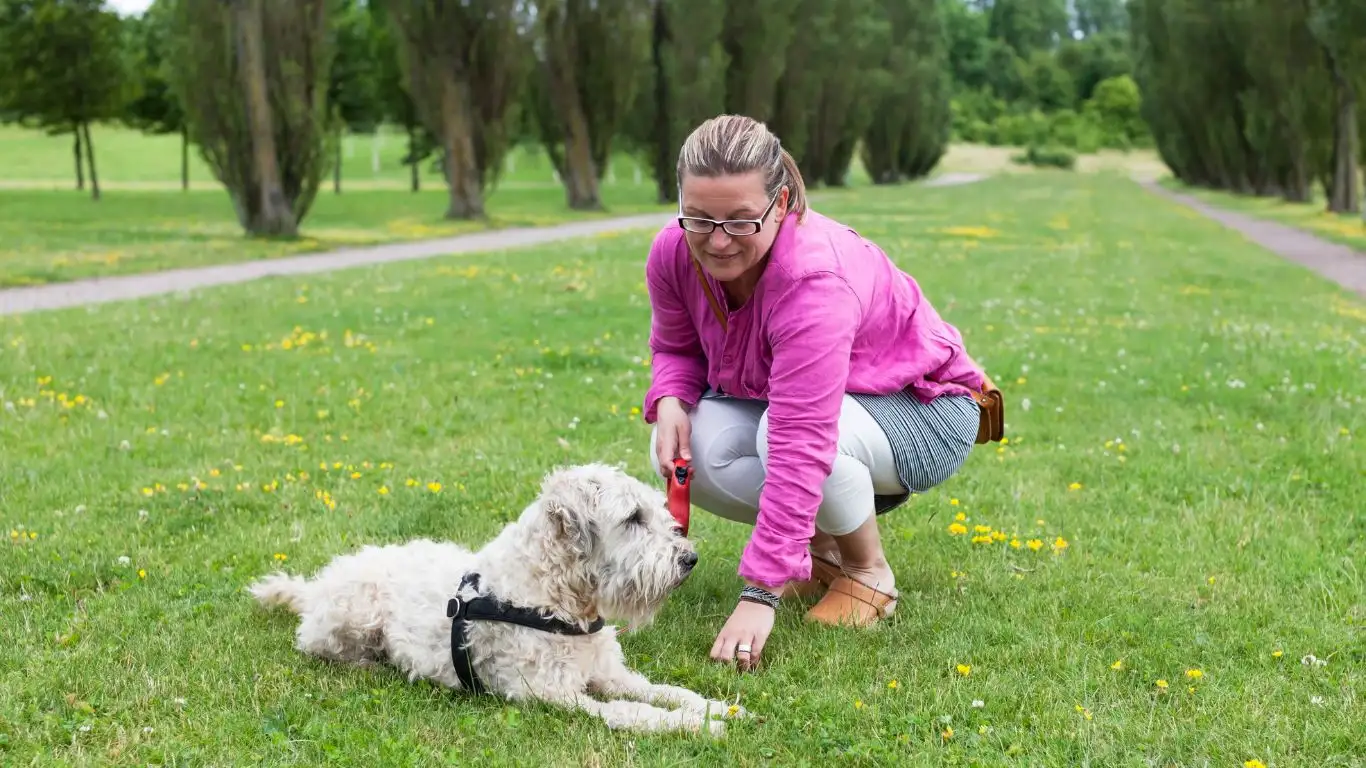
Now here’s the fun part—training doesn’t have to feel like boot camp. In fact, I find dogs (and their humans) do way better when learning feels like a game. If you’re looking for creative ways to help your dog channel their chasing instinct into something more productive, try these:
1. The “Find It” Game
This one is gold for dogs with a strong prey drive. Toss a few treats across the floor and tell your dog, “Find it!” You’re still letting them chase, but in a controlled and focused way. It satisfies the urge without feeding the frenzy.
2. Hide and Seek with a Twist
Hide treats or toys and ask your dog to “find” them. This taps into their natural hunting instinct in a non-chaotic way. Bonus: it strengthens your bond and teaches patience while they wait for the release cue.
3. Tug and Drop
A well-structured game of tug can actually teach impulse control. I use this with dogs who need to learn to stop and start on cue. You play, pause with a “Drop it,” and then reward calmness before resuming. It’s training in disguise.
Redirect the Chase—Don’t Just Suppress It
It’s tempting to just want the chasing to stop altogether, but remember: this behavior comes from a place of energy, instinct, and excitement. If you simply try to suppress it without giving your dog an outlet, it’ll pop up elsewhere—usually in more destructive ways.
Instead, ask yourself: how can I redirect this chase drive into something healthy? For some dogs, it’s agility or fetch. For others, it’s mental stimulation like puzzle feeders or scent work. One of my favorite clients, a high-energy Aussie named Rocket (yep, the name fit), stopped chasing the family cat entirely once we introduced structured scent games into his routine. He needed something to focus on, and we gave it to him.
Training Tools That Can Help (But Aren’t Magic Fixes)
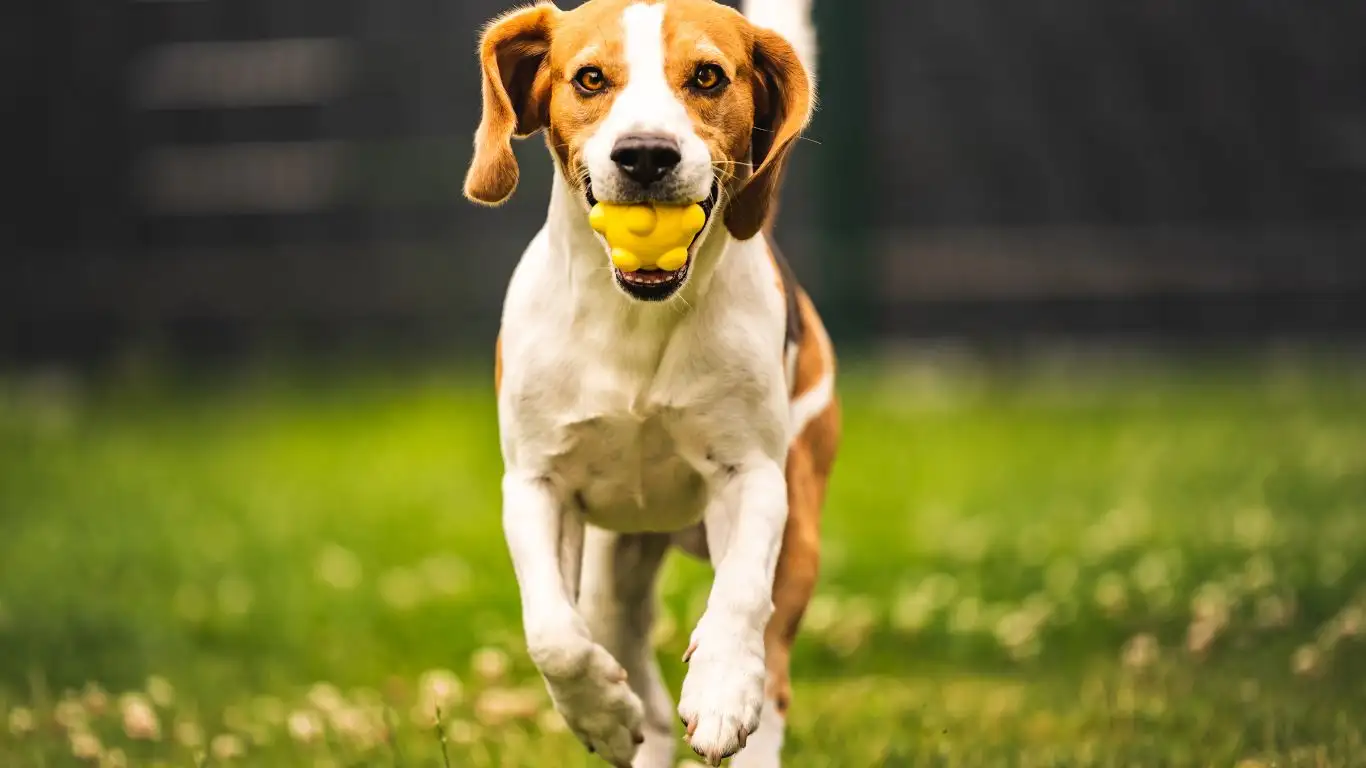
Let’s talk gear. I’m not a big fan of relying too heavily on tools, but I do use them strategically to enhance training—not replace it. Here’s what I recommend if you’re serious about training your dog to stop chasing other pets:
- Clicker: Perfect for marking that exact moment your dog looks away from the cat or settles down
- Hands-free leash or long line: Great for training in open spaces while still maintaining control
- Treat pouch: Keep rewards on you at all times so you can mark good behavior instantly
- Crate or pen: Not punishment—just a safe zone for your dog to decompress when things get overstimulating
One thing I always caution about? Avoid tools like shock collars or spray devices. In my experience, they do more harm than good and often create fear instead of understanding. The goal is to build trust and communication, not tension.
Know When It’s Time to Call in Help
Some dogs just need a bit more help. And you know what? There’s no shame in that. If your dog’s chasing behavior feels out of control or you’re not seeing progress, working with a certified trainer or behaviorist can make all the difference.
There was a time early in my career when I hesitated to ask for help with a particularly reactive Shepherd mix. But teaming up with a behaviorist gave me new tools and perspectives that completely turned things around—for both me and the dog.
Sometimes all it takes is a second set of eyes to spot a small tweak in your approach that unlocks massive progress.
Daily Routines That Reinforce Calm Behavior
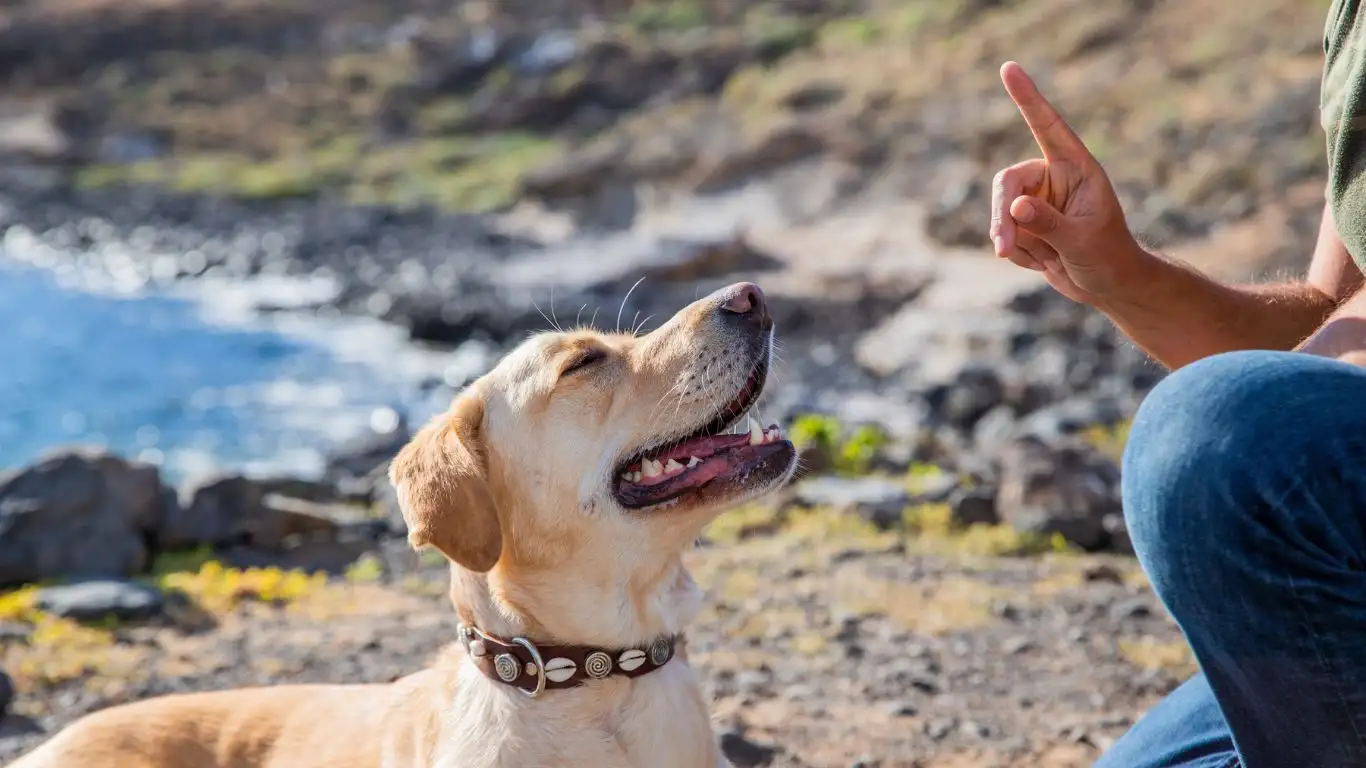
If there’s one thing I’ve learned from years of working in canine-assisted therapy, it’s this: dogs thrive on structure. When you’re training a dog to stop chasing other pets, your success doesn’t just happen in the 10-minute training sessions—it happens in the in-between moments too. That’s where routines come in.
It’s easy to focus on the “big” stuff—commands, leash control, structured play. But honestly? The little things, like how you set the tone during mealtimes, how you enter a room, or how often your dog is reinforced for calmness during regular routines, are just as powerful.
Establishing a “Settle” Routine
I’ve made “Settle Time” a daily ritual with every dog I train. It doesn’t have to be fancy. I just lay out a mat, cue the dog to lie down, and reward any moment of stillness. Over time, they begin to associate calm behavior with peace, praise, and sometimes a chew toy or two. And the magic? This kind of routine naturally spills over into how they behave around other animals.
- Use a consistent cue like “Settle” or “Place”
- Reinforce calmness with quiet praise or food puzzles
- Practice during high-distraction times like doorbell rings or pet interactions
When I worked with a rescue named Theo—an excitable Shepherd mix with a serious chasing habit—this one routine made the biggest difference. We paired “Settle Time” with soft music and a stuffed Kong. After just a couple of weeks, Theo started checking in with me instead of launching after the cat when it strolled by.
How to Train a Dog to Stop Chasing Other Pets—With the Whole Household Onboard
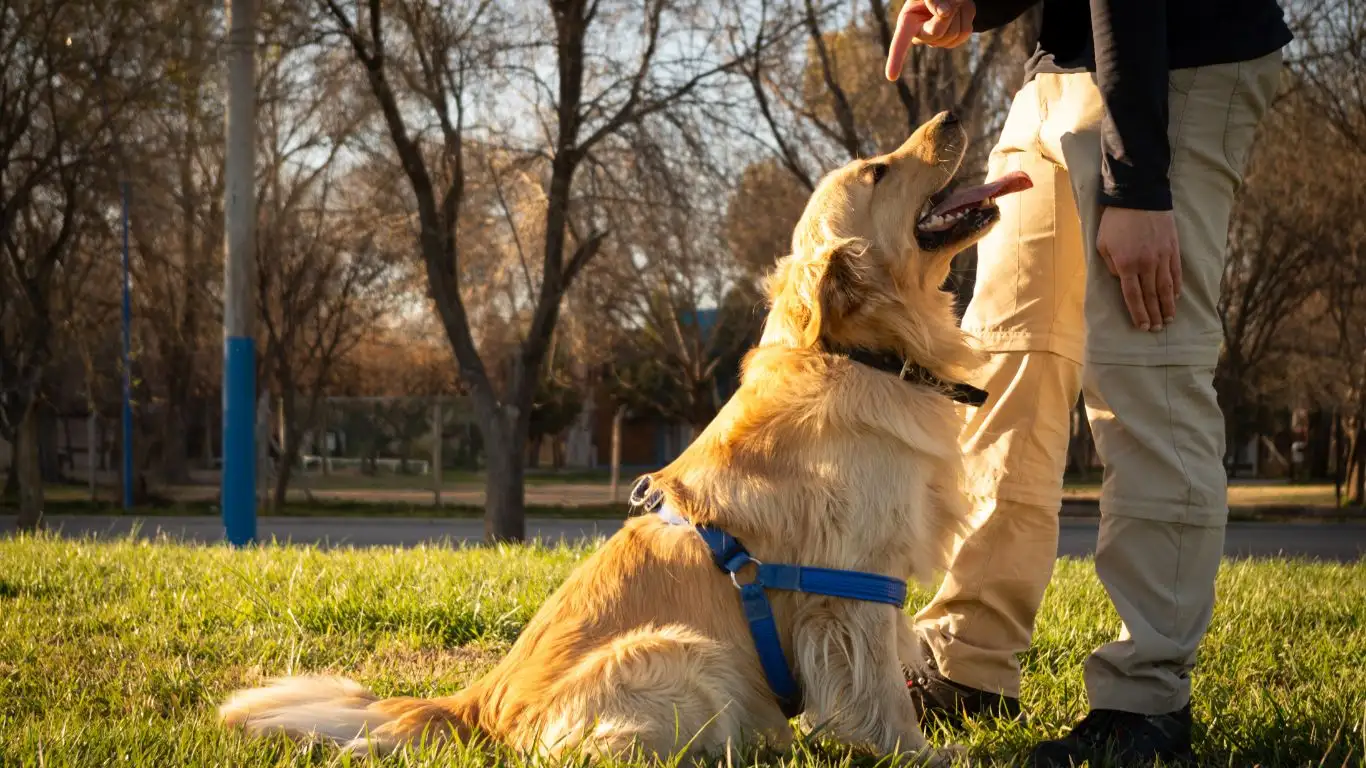
This part is crucial and often overlooked. Training doesn’t happen in a vacuum—and if you live in a multi-pet household, or with family members who sneak the dog scraps when you’re not looking (you know who they are), you need a team effort.
Communicate Clear Rules to Everyone
Dogs get confused when one person is enforcing a boundary and another is breaking it. So whether it’s your roommate, your kids, or your partner—everyone should be on the same page about how to respond when the dog starts to chase, gets too worked up, or behaves calmly around the other pet.
- Set house rules like “no free roaming until calm behavior is consistent”
- Make sure everyone uses the same verbal cues
- Share training wins so others stay motivated too
One family I worked with had three kids under 10, two cats, and a high-energy Boxer named Rudy. It wasn’t chaos—it was absolute mayhem at first. But once everyone committed to rewarding Rudy’s calm moments and reinforcing his “leave it” cue, things turned around in a way that surprised even me. Dogs respond faster when they’re getting a clear and unified message.
Patience, Progress, and Perspective
Let me say this loud and clear: progress is rarely linear. There will be weeks where it feels like you’ve made zero headway. And then suddenly—bam! Your dog chooses to sit calmly when the cat walks across the room. Those are the moments that make all the time and effort worth it.
Training a dog to stop chasing other pets takes time. Some days will test your patience. Others will make you feel like a total rockstar. Just know that the work you’re doing isn’t just about behavior—it’s about trust, safety, and creating a peaceful home for everyone in it, furry and otherwise.
Here are some final reminders to keep in your back pocket:
- Consistency beats intensity. It’s better to train a little every day than go all out once a week.
- Reinforce calmness, not just obedience. Celebrate the “boring” moments—they’re actually gold.
- Your mindset matters. If you’re calm and confident, your dog will follow your lead.
Honestly, some of the most incredible therapy dogs I’ve worked with had rocky starts. I’ve seen dogs who couldn’t be in the same room with a cat go on to work in pediatric clinics with amazing patience. It takes work, yes—but it’s doable, and the results speak for themselves.
References
Disclaimer
This article is based on personal experience and professional observations as a Canine-Assisted Therapy Trainer. It is not a substitute for professional veterinary advice, diagnosis, or behavior evaluation. If your dog shows signs of aggression or presents a danger to other pets, consult with a certified behaviorist or your veterinarian. Always use positive reinforcement techniques and prioritize safety when working with pets in training scenarios.
